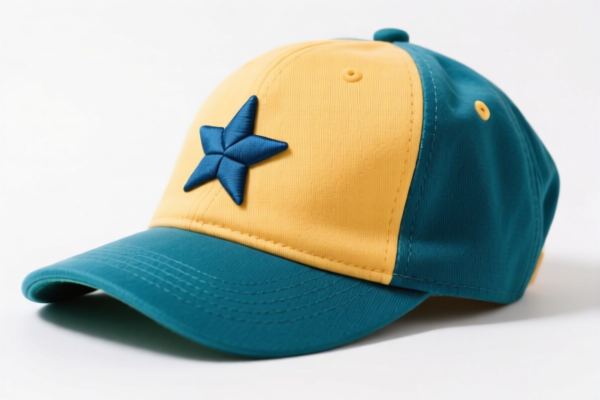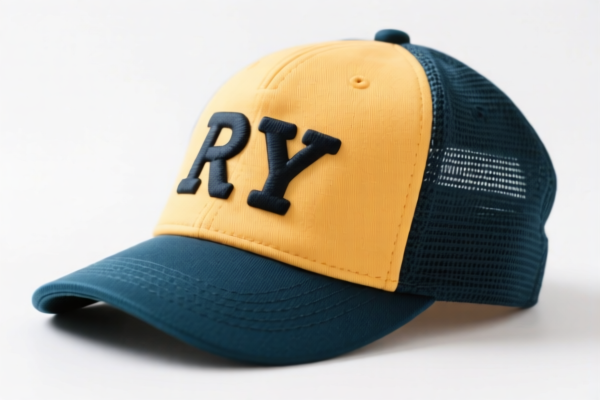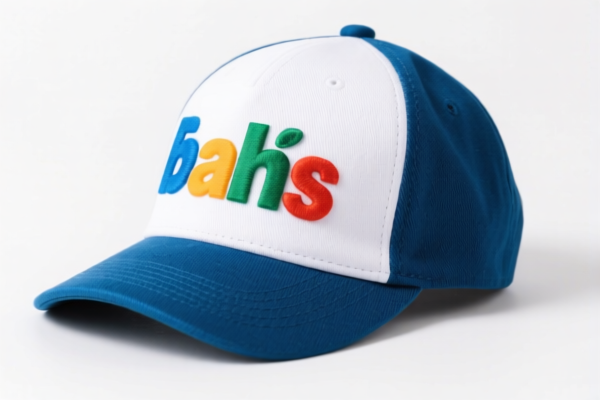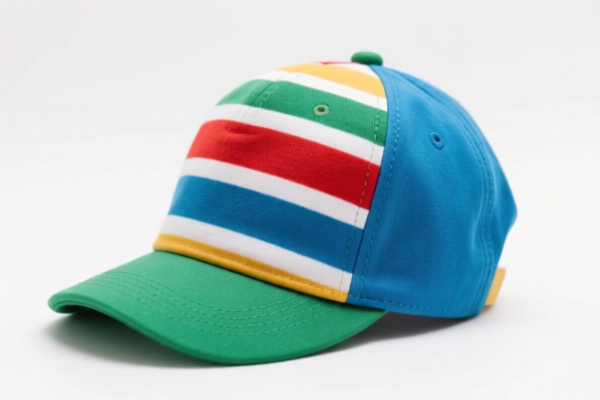| HS Code | Official Doc | Tariff Rate | Origin | Destination | Effective Date |
|---|---|---|---|---|---|
| 6111909000 | Doc | 43.1% | CN | US | 2025-05-12 |
| 6111900530 | Doc | 51.1% | CN | US | 2025-05-12 |
| 6114909010 | Doc | 35.6% | CN | US | 2025-05-12 |
| 6114909020 | Doc | 35.6% | CN | US | 2025-05-12 |
| 6209201000 | Doc | 49.3% | CN | US | 2025-05-12 |
| 6209205035 | Doc | 46.8% | CN | US | 2025-05-12 |
| 6211325030 | Doc | 45.6% | CN | US | 2025-05-12 |
| 6211391510 | Doc | 40.3% | CN | US | 2025-05-12 |




Kids Casual Outfits
Kids casual outfits encompass a broad range of clothing designed for everyday wear, prioritizing comfort, practicality, and style for children. These outfits are typically used for play, school (depending on dress code), and general social activities.
Materials
Common materials include:
- Cotton: A widely used, breathable, and soft fabric, ideal for sensitive skin. Often used in t-shirts, jeans, and dresses.
- Polyester: Durable, wrinkle-resistant, and quick-drying, frequently blended with other fabrics for increased longevity and ease of care.
- Denim: A robust fabric used for jeans, jackets, and shorts, offering durability and a classic look.
- Knit Fabrics (e.g., Jersey, Fleece): Provide comfort and flexibility, commonly used in sweaters, hoodies, and leggings.
- Blends (e.g., Cotton-Polyester): Combine the benefits of multiple fabrics, offering a balance of comfort, durability, and affordability.
Purpose
The primary purpose of kids casual outfits is to provide comfortable and functional clothing for children’s daily activities. They are designed to withstand the rigors of play while allowing freedom of movement. Style and current trends are also significant considerations, reflecting parental preferences and children's developing self-expression.
Function
- Comfort: Prioritizes soft fabrics and relaxed fits.
- Durability: Withstands frequent washing and active play.
- Practicality: Easy to put on and take off, often machine washable.
- Protection: Provides a layer of protection against the elements (depending on the season and style).
- Freedom of Movement: Allows children to play and explore without restriction.
Usage Scenarios
- Playdates: Comfortable and durable clothing suitable for active play.
- School (depending on dress code): Outfits adhering to school policies, often including jeans, t-shirts, and sweaters.
- Casual outings: Everyday wear for errands, family gatherings, and social events.
- Daycare/Preschool: Practical and easy-to-clean clothing.
- Travel: Comfortable and versatile outfits for various climates and activities.
Common Types
- T-shirt and Jeans/Shorts: A classic and versatile combination.
- Sweater and Leggings/Joggers: Comfortable and warm for cooler weather.
- Dress and Cardigan/Jacket: A comfortable and stylish option for girls.
- Hoodie and Sweatpants: Relaxed and comfortable for casual wear.
- Rompers/Jumpsuits: One-piece outfits offering convenience and style.
- Matching Sets: Coordinated outfits consisting of a top and bottom.
- Overalls: Durable and practical for play.
- Graphic Tees: T-shirts featuring designs, characters, or slogans.
- Activewear Sets: Comfortable and functional outfits designed for sports and play.
The declared goods, “kids casual outfits,” encompass a range of garments intended for everyday wear by children. These outfits can include various types of clothing such as dresses, sets, tops, jumpers, and washsuits, constructed from different materials like cotton, wool, or other textiles. The following HS codes are relevant based on the provided information:
- 6111909000: This HS code covers babies' garments and clothing accessories, knitted or crocheted, made of other textile materials. The tax rate includes a 5.6% base tariff, a 7.5% additional tariff, and a 30% additional tariff after April 2, 2025, resulting in a total tax rate of 43.1%. This would apply to casual outfits like sweaters or cardigans not made of cotton or wool.
- 6111900530: This HS code also covers babies' garments and clothing accessories, knitted or crocheted, specifically those made of wool or fine animal hair. It has a base tariff of 13.6%, an additional tariff of 7.5%, and a 30% additional tariff after April 2, 2025, for a total tax rate of 51.1%. This applies to outfits like wool sweaters or cardigans for babies.
- 6114909010: This HS code covers other garments, knitted or crocheted, made of other textile materials, specifically tops. The tax rate is 5.6% base tariff and 0.0% additional tariff, increasing to 30% after April 2, 2025, resulting in a total tax rate of 35.6%. This would apply to casual t-shirts or blouses.
- 6114909020: This HS code covers other garments, knitted or crocheted, made of other textile materials, specifically jumpers. It has a tax rate of 5.6% base tariff and 0.0% additional tariff, increasing to 30% after April 2, 2025, for a total tax rate of 35.6%. This applies to casual sweaters or jumpers.
- 6209201000: This HS code covers babies' garments and clothing accessories, made of cotton, specifically dresses. The tax rate is 11.8% base tariff, 7.5% additional tariff, and 30% additional tariff after April 2, 2025, resulting in a total tax rate of 49.3%.
- 6209205035: This HS code covers babies' garments and clothing accessories, made of cotton, specifically other sets. It has a tax rate of 9.3% base tariff, 7.5% additional tariff, and 30% additional tariff after April 2, 2025, for a total tax rate of 46.8%.
- 6211325030: This HS code covers track suits, ski-suits and swimwear; other garments, specifically other garments, men's or boys', made of cotton, recreational performance outerwear, washsuits, sunsuits, one-piece piece playsuits and similar apparel for boys. The tax rate is 8.1% base tariff, 7.5% additional tariff, and 30% additional tariff after April 2, 2025, resulting in a total tax rate of 45.6%.
It is important to note that the applicable tariff rates are subject to change, particularly after April 2, 2025, with the implementation of the 30% additional tariff on several HS codes.
Customer Reviews
No reviews yet.